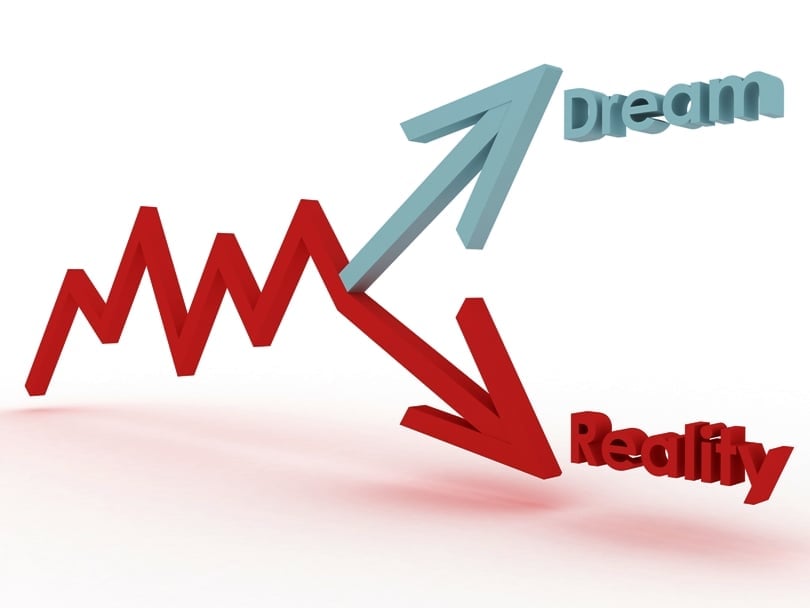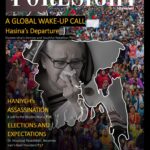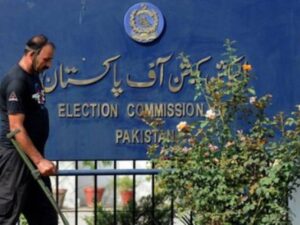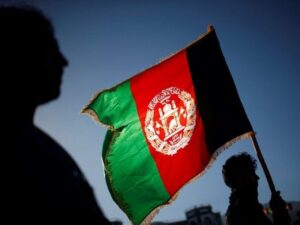KARACHI:
The recently published “State of the Pakistan’s Economy Report 2025”, where Q-block pitched a turnaround narrative, asserting that sound macroeconomic management, inflation control, and fiscal discipline have set the stage for sustainable growth.
However, a critical analysis reveals that much of this stability is fragile and reliant on temporary factors such as the International Monetary Fund’s (IMF) support, remittance inflows, and administrative price controls.
While the report claims GDP recovery and external account improvement, underlying vulnerabilities such as a stagnant industrial growth, unsustainable debt levels, and structural trade imbalances remain largely unaddressed. The government’s emphasis on short-term gains risks masking deeper economic weaknesses that demand urgent structural reforms.
The report claims a 1.15% growth in the agriculture sector in the first quarter of FY2025, attributing it to favourable policies and investments. However, this growth is significantly lower than the previous year’s 8.09%, primarily due to declining crop production (-11.19% for major crops). Cotton (-29.6%), rice (-1.2%), sugarcane (-2.2%), and maize (-15.6%) saw declines, raising concerns about sustainability. While government interventions in credit disbursement and farm modernisation are commendable, climate variability and lack of long-term planning remain unaddressed.
Despite a reported recovery, the industrial sector contracted by 1.03% in 1QFY25, following a 4.43% decline in the previous year. The contraction in the labour-intensive construction (-14.91%) and mining & quarrying (-6.49%) sectors suggests that large-scale manufacturing (LSM) struggles are far from over.
Although the automobile industry saw a 28.3% increase in production, broader manufacturing indicators point to sluggish growth, partly due to high input costs and energy shortages.
The services sector grew by 1.43% in 1QFY25, a decline from 2.16% in the previous year. The slowdown in wholesale and retail trade (0.51% growth) and transport (-0.07%) suggests weak consumer demand. The government’s optimism about digital services and financial sector growth is valid, but the clamp down and restriction on internet services will continue to have serious implications.
Inflation drop: genuine relief or temporary reprieve?
The report celebrates a significant decline in inflation from 28.8% in 1HFY24 to 7.2% in 1HFY25. While this reduction is impressive, it warrants scrutiny. The sharp decline is attributed to falling global commodity prices, a stable exchange rate, and policy measures.
However, core inflation remains high at 9.5%, suggesting underlying cost pressures. The claim that urban food inflation dropped to 2.7% from 33.2% appears overly optimistic, considering persistent supply chain disruptions and high energy costs. Additionally, the government’s reliance on administrative price controls may only provide temporary relief rather than long-term stability.
External sector vulnerabilities
The ministry reports a current account surplus of $1.21 billion in 1HFY25, compared to a $1.39 billion deficit last year. However, this improvement is largely due to record high remittances ($17.8 billion, a 32.8% increase), rather than a fundamental shift in economic competitiveness.
Despite an increase in exports (7.2%), imports surged by 9.3%, widening the trade deficit to $11.5 billion. This suggests that Pakistan’s external stability remains fragile, heavily dependent on remittances rather than export competitiveness.
The textile sector, which constitutes 53% of total exports, saw only a 5.2% increase, while imports of textile machinery and raw materials surged, raising concerns about overreliance on external inputs.
Foreign direct investment (FDI) increased by 20% ($1.32 billion), largely due to Chinese and Middle Eastern investments in power and financial sectors. However, foreign private portfolio investment saw a net outflow of $0.22 billion, reflecting investor scepticism about long-term economic prospects. The report downplays these risks, ignoring Pakistan’s reliance on short-term financial inflows rather than sustainable industrial growth.
The rupee appreciated by 1.9%, and forex reserves rose to $16.4 billion, which covers just over two months of imports. While this is an improvement, it is still far from the sustainable benchmark of six-month coverage. The rupee stability remains questionable given ongoing external debt obligations and reliance on IMF disbursements.
Fiscal landscape: structural challenges
The report emphasises a reduction in the fiscal deficit to 0.04% of GDP in Jul-Nov FY25, compared to 1.3% last year. However, this improvement is largely due to a one-time surplus profit of Rs2,500 billion from the State Bank of Pakistan (SBP), rather than genuine structural fiscal reforms.
FBR’s tax collection grew by 25.9% to Rs5,624.9 billion, primarily driven by indirect taxes (sales tax and customs duty). While this increase is encouraging, it highlights Pakistan’s over-reliance on regressive taxation, which disproportionately impacts lower-income groups. The government’s optimism ignores the structural need for broadening the tax base and reducing tax evasion.
Public debt reached Rs72.1 trillion, a 1.3% increase from June 2024, with a debt-to-GDP ratio of 67.5%. While this ratio has declined, largely due to GDP revaluation rather than actual debt reduction, the cost of servicing remains high. Interest payments still consume more than half of government revenue, raising concerns about long-term fiscal sustainability.
Cautious monetary easing
The SBP reduced its policy rate by 100 basis points to 12% in response to declining inflation. While monetary easing is necessary to stimulate economic activity, it poses risks of capital outflows and inflation resurgence.
Stimulating economy without the long-awaited structural reforms is the main cause of the boom-bust cycle. The report fails to address the potential negative effects of rapid rate cuts, particularly on exchange rate stability and external shocks.
Private sector borrowing increased significantly to Rs2,090 billion in Jul-Dec FY25, compared to Rs476 billion last year. While this signals business expansion, the majority of loans were for working capital rather than long-term investment, raising questions about sustainable growth.
Additionally, the negative growth in broad money (M2) by 0.8% suggests weak liquidity conditions, which contradicts the government’s claims of economic expansion.
While the Ministry of Finance’s report highlights improvements in key economic indicators, it largely ignores structural weaknesses. Pakistan’s economy remains fragile, with recovery dependent on external inflows rather than internal productivity and export-led growth.
Shrinking job opportunities are pushing youth in huge numbers to seek opportunities abroad. Without deep structural reforms, the economic recovery will remain vulnerable to external shocks and policy missteps.
The writer is a financial market enthusiast and is attached to Pakistan’s stocks, commodities and emerging technology
- Desk Reporthttps://foresightmags.com/author/admin/










